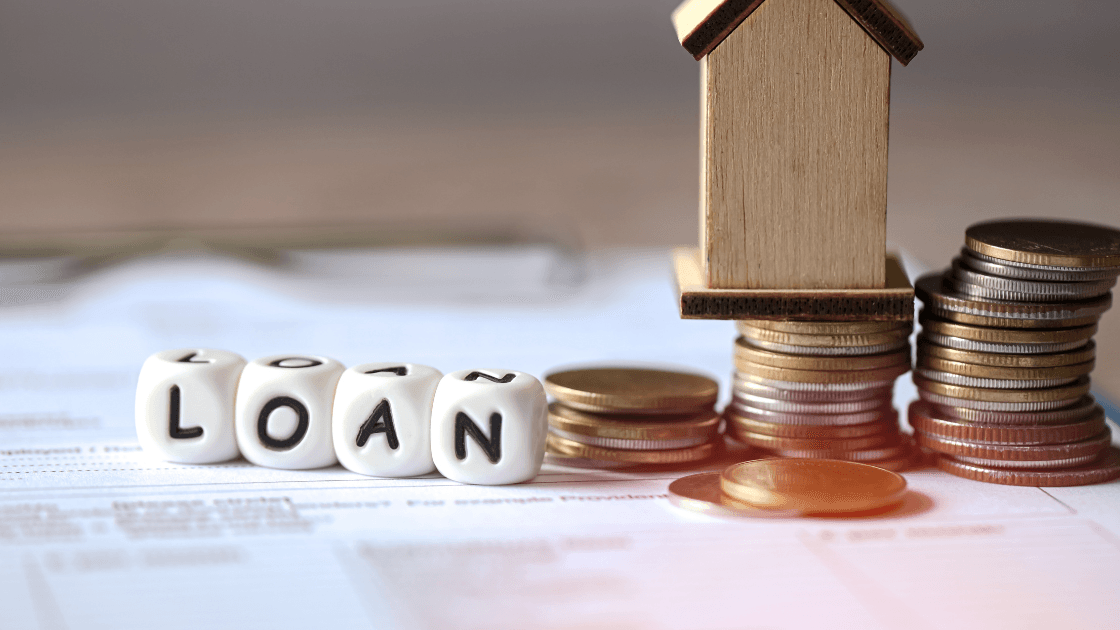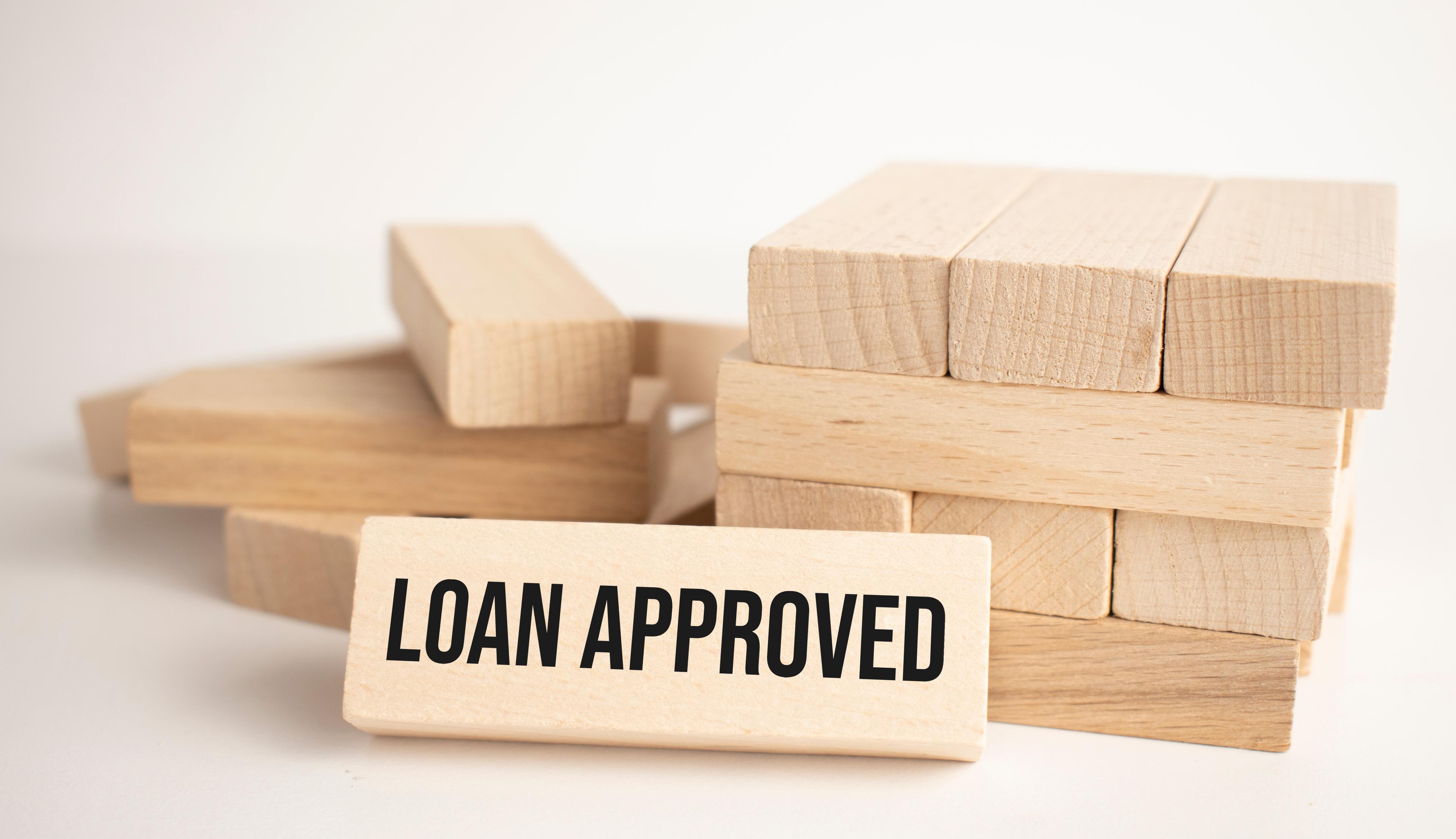
Loans
•05 min read

Imagine you’ve just secured a home loan for your dream property, but the construction will take a couple of years. You’re faced with a choice: making lower monthly payments that cover only the interest until the property is ready, or opting for a repayment plan that starts paying off the principal right away. This repayment option is known as Pre-EMI. In simple terms, Pre-EMI means you pay only the interest on the amount disbursed during the construction phase. Once the property is ready for possession, your repayment plan shifts to include both the principal and interest. Earn up to 500 NeuCoins on your loan disbursal with Tata NeuMoney, which simplifies your home loan experience with a fully digital process. By reading this guide, you will gain a comprehensive understanding of how Pre-EMI works, its benefits and drawbacks, the tax implications involved, and how you can easily calculate your Pre-EMI payments.
Pre-EMI is a repayment scheme where borrowers pay only the interest on the disbursed loan amount during the construction phase. This means that until your new home is ready for occupancy, your monthly repayments are limited to the interest accumulated on what has been disbursed so far. The principal repayment kicks in only after the property reaches completion. This approach helps maintain a healthier cash flow during the construction period when many borrowers have other pressing financial commitments.
The working mechanism of Pre-EMI is straightforward. Think of it as paying only for what you currently need, which helps keep your monthly expenses light during construction. The interest is calculated monthly on the amount that has been disbursed, rather than the total sanctioned loan amount. Since only the interest is paid during this period, the monthly outgoings are typically lower than what full EMI payments would have been. Once the construction ends and the property is ready for possession, the repayment schedule transforms into full EMI payments that include both principal and interest. A simple table can illustrate this: during the construction phase, the amount paid is merely interest, whereas after possession, the monthly payments rise as they cover the whole loan amount.
The most apparent benefit of Pre-EMI is improved cash flow. With smaller monthly payments during the lengthy construction phase, borrowers can manage their other financial responsibilities without strain. This arrangement provides flexibility, especially when funds are tight or when there are additional expenses such as home renovations or other personal commitments. For those looking to keep expenses low until the property is ready, Pre-EMI can ease the financial burden during the wait.
On the flip side, there are also some drawbacks to consider. By opting for Pre-EMI, you end up pushing the start of principal repayment into the future, which can extend the loan tenure. The prolonged repayment period may result in higher overall interest costs when compared with a scenario where both principal and interest are paid from the start. Furthermore, if your financial situation improves and you want to reduce the interest burden, shifting to a full EMI plan later might be challenging. Therefore, while the lower payments now may help maintain your cash flow, they come at the cost of accumulating a higher interest liability in the long run.
Pre-EMI can be extremely useful for borrowers who are cautious about their current cash flow during the property construction phase. It provides a cushion that allows you to accommodate other commitments comfortably. However, if your goal is to reduce the total interest outgo, full EMI repayments may be more appropriate. The best choice largely depends on your personal financial goals, the flexibility of your income, and how you plan to manage your repayments once the construction is complete. Assess your monthly obligations and long-term financial plans before making the decision.

Under Section 24 of the Income Tax Act, borrowers are entitled to claim tax deductions on the interest paid during the construction phase as part of Pre-EMI. However, it is important to note that these tax benefits can be claimed only after the construction is complete. At this stage, the interest component that was paid as Pre-EMI becomes eligible for deduction. On the other hand, no deductions are available on the principal repayments during the construction period, so the tax benefit is focused solely on the interest element.
To optimise your tax benefits, it is crucial to time your loan disbursements and repayment schedules effectively. Understanding the rules helps in planning your finances better, ensuring that you make the best use of available tax deductions. While this guidance offers a general perspective on the tax implications of Pre-EMI, remember that individual circumstances vary. Consulting a tax advisor for personalised advice is always a prudent decision when aligning your tax planning with your home loan strategy.
Calculating your Pre-EMI payment is simpler than you might think. The basic formula is:
Pre-EMI = (Disbursed Loan Amount × Annual Interest Rate) ÷ 12
For example, if your bank disburses ₹50,000 at an annual interest rate of 10%, then Pre-EMI = (₹50,000 × 10%) ÷ 12 ≈ ₹417 per month. This calculation provides a clear estimate of the monthly amount you need to budget during the construction phase.
Many online tools are available to simplify this calculation process further. A Pre-EMI calculator allows you to input key details such as the disbursed loan amount, the applicable annual interest rate, and even the number of months during construction. Such tools assist in providing an accurate figure without the worry of manual errors. It is essential to ensure that you enter precise details to get a reliable estimate of your monthly Pre-EMI payments. Learn more about what is pre emi in home loan and try our user-friendly Pre EMI calculator for quick estimates.
The fundamental difference lies in the repayment structure during the construction phase. With Pre-EMI, you pay only the interest on the disbursed amount until the property is ready, while full EMI payments start from the moment the loan is disbursed, covering both principal and interest. This shift means that while Pre-EMI offers lower monthly payments initially, it defers paying off the principal, which may lead to higher overall interest costs once the full EMI schedule begins.
-1e18e07d-89f4-4e70-9a99-1bf8d854b9d8.png&w=3840&q=75)
Deciding between Pre-EMI and full EMI repayments requires careful consideration of several factors. Evaluate your current cash flow and monthly financial commitments. If you have other expenses, such as home renovations, wedding costs, or festival shopping, maintaining a lower monthly outgo might be beneficial. On the other hand, if lowering the total interest paid over the life of the loan is a priority, starting full EMI repayments sooner may work to your advantage. It is helpful to use a checklist that considers your cash flow stability, long-term financial objectives, and repayment capacity before making a choice. Remember, your financial situation is unique, and a careful assessment will help determine which repayment structure aligns best with your needs.
Pre-EMI in home loans refers to the interest payments made on the disbursed loan amount during the construction phase, with the principal repayment starting after possession.
This option allows borrowers to pay only the interest during the construction period, with full EMIs commencing once the property is complete.
Pre-EMI supports borrowers who need better cash flow during construction; however, it may lead to higher overall interest costs if the repayment term is extended.
Yes, you can claim deductions on the interest paid as Pre-EMI under Section 24 of the Income Tax Act after the construction is complete.
Pre-EMI payments are calculated using the formula: (Disbursed Loan Amount × Annual Interest Rate) ÷ 12. Using an online Pre-EMI calculator can make this process even simpler.
Pre-EMI is a practical repayment option designed to assist home loan borrowers during the construction phase by keeping monthly payments low. By paying only the interest initially, borrowers enjoy improved cash flow, which can be especially beneficial when juggling other financial commitments. However, the trade-off is that the principal repayment is deferred, potentially increasing the overall interest burden. Additionally, tax benefits are available on the interest component post-construction, which can help in optimising your finances. Understanding how Pre-EMI works, its calculation, and its tax implications empowers borrowers to make well-informed decisions that align with their long-term financial goals. Remember, thorough self-assessment and strategic planning are key to choosing the right approach for your home loan repayment journey.